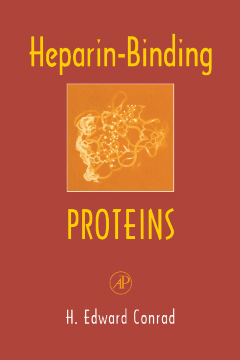
Additional Information
Book Details
Abstract
This book describes the complex structures of heparins and heparan sulfates (heparinoids) and how they are generated by their biosynthetic pathways. The book also details the methodologies for studying these structures and their cellular metabolism. Heparin-Binding Proteins introduces the general nature of interactions between heparinoids and proteins, and presents the role for these structures in their interactions with the proteins of the hemostatic mechanisms, fibroblasts growth factors, superoxide dismutase, and lipoproteins.
- Covers cellular metabolism of heparinoid proteoglycans
- Written by a distinguished expert in the field of carbohydrate biochemistry
- Describes the roles of heparan sulfate proteoglycans in
- Blood coagulation and fibrinolysis
- Lipoprotein metabolism
- Superoxide dismutase activity
- Fibroblast growth factor responses of cells
"...a remarkable achievement... I found reading this book to be highly rewarding... highly valuable as an introduction to various aspects of heparin/heparan sulfate chemistry and biology." —Ulf Lindahl, Unviersity of Uppsala, Sweden, in JOURNAL OF MEDICINAL CHEMISTRY (1999)
